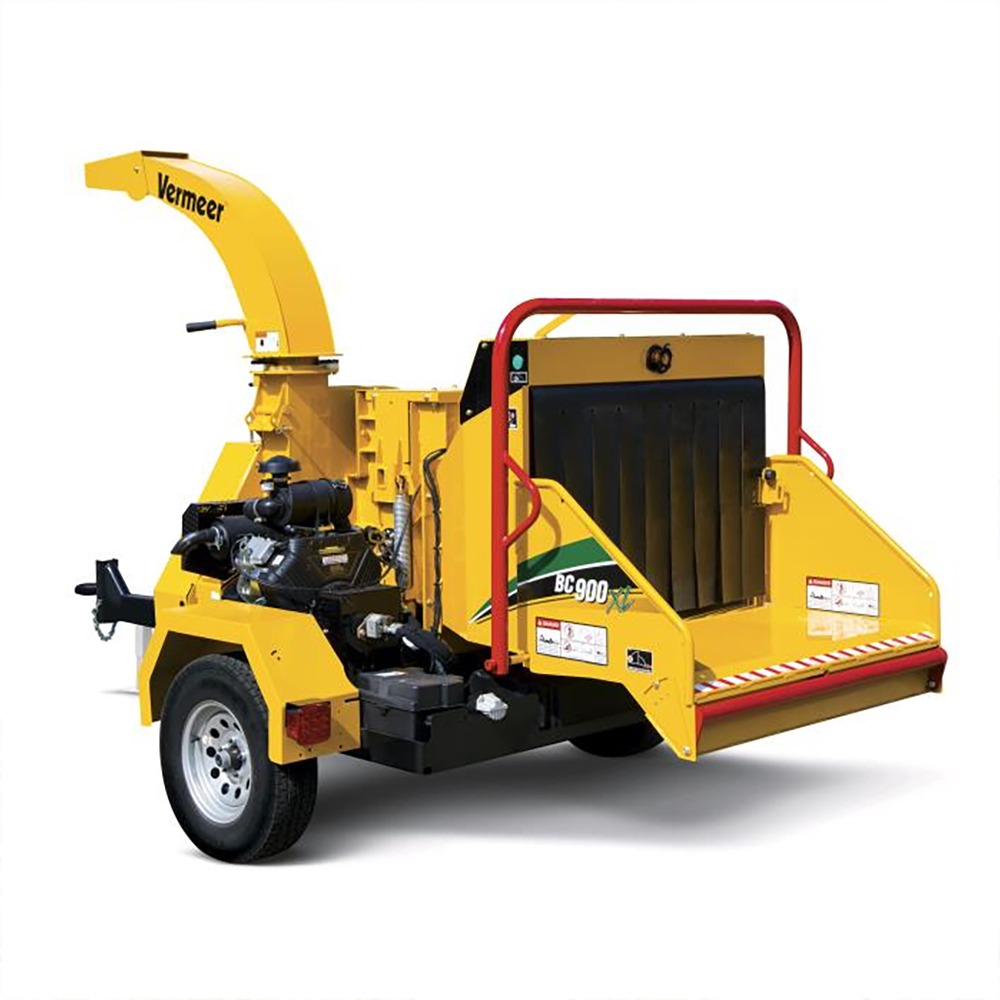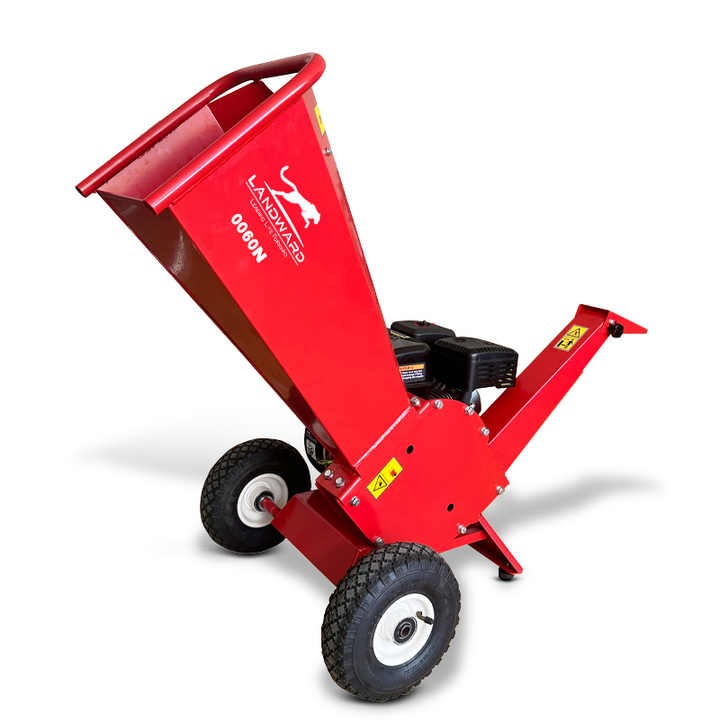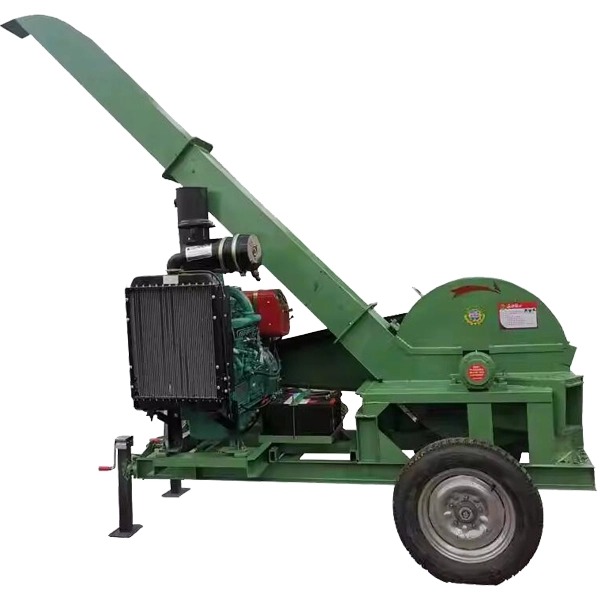Assessing Your Garden Shredding Needs
Before diving into the wide array of tree shredders on the market, it’s essential to assess your specific garden shredding needs. Different gardens will have varying requirements based on several factors.
Here are key considerations to help gauge your shredding needs effectively:
- Garden Size: Larger gardens often produce more waste and can justify a bigger, more powerful tree shredder.
- Types of Vegetation: If your garden has mainly soft foliage, a less robust tree shredder might suffice. Gardens with harder woods will need a more durable machine.
- Quantity of Waste: A higher quantity of garden waste necessitates a tree shredder with a larger capacity and stronger motor.
- Frequency of Use: Consider how often you’ll use the tree shredder. Occasional use may warrant a simpler model. Regular usage calls for a sturdier option.
- Noise Tolerance: Some shredders are noisier than others. Think about the noise level you and your neighbors can tolerate.
By considering these elements, you’ll be able to narrow down the type of tree shredder that’s best for your garden. Remember, your goal is to maximize efficiency, so choose a tree shredder that aligns well with your regular garden maintenance routine.
Types of Tree Shredders
Understanding the different options in tree shredders can help you make an informed decision. Let’s explore the main types available on the market.
- Impact Shredders: These are the most common and are ideal for small gardens. Impact shredders use a spinning blade to chop garden waste into fine pieces. They are suitable for soft plant material.
- Roller Shredders: Roller, or drum, shredders crush and cut waste using a rolling drum. They handle mixed garden waste well. These are quieter and better for larger branches.
- Turbine Cutters: Turbine cutters combine both cutting and crushing actions. They are efficient and can manage a variety of garden waste, including thicker branches.
- Disc Cutters: These shredders use a disc with sharp edges to slice through waste. They are fast and good for larger gardens with diverse waste.
- Silent Shredders: Also known as gear shredders, they use a gear system to crush garden debris quietly. Perfect for noise-sensitive areas.
Choose a tree shredder that matches your garden’s specific needs. Consider the type of vegetation and volume of waste you usually encounter. With the right tree shredder, your garden maintenance can become more efficient and less time-consuming.
Key Features to Look for in a Tree Shredder

When shopping for a tree shredder, certain features can enhance your gardening experience. Prioritize these features to ensure you get the most out of your equipment.
- Motor Power: High motor power means more strength for tough branches. Look for shredders with enough power to meet your garden’s demands.
- Shredding Capacity: Check the maximum branch size it can handle. This will save you time from having to pre-cut larger limbs.
- Safety Features: Features like emergency stops or overload protection keep you safe while using the shredder. Don’t overlook these must-haves.
- Portability: If you have a large garden, choose a shredder with wheels. This makes it easy to move around your space.
- Ease of Use: Simple controls and clear instructions will make your shredding tasks smoother.
- Noise Level: Consider quieter models if you live in a noise-sensitive neighborhood. Silent shredders are your best pick here.
- Durability: Look for sturdy construction and high-quality materials. Your shredder should last through many seasons.
- Warranty: A good warranty can give you peace of mind. It’s a sign that the manufacturer stands behind the product.
- Collection Bag: Some shredders come with a bag for easy disposal of garden waste. It’s a handy feature that makes clean-up quick.
Keep these features in mind and match them with your gardening needs. A tree shredder with the right features will make garden cleanup efficient and hassle-free.
Electric vs Gas-Powered Tree Shredders: Pros and Cons
When choosing a tree shredder, one major decision you’ll face is selecting between electric and gas-powered models. Each has its strengths and drawbacks, affecting your gardening routine in different ways. Let’s consider the pros and cons of both types to help you decide.
Electric Tree Shredders: Pros
- Quieter Operation: Electric shredders tend to be less noisy, making them good for residential areas.
- Eco-Friendly: These models don’t emit fumes, making them better for the environment.
- Ease of Use and Maintenance: Without the need for fuel, they’re simpler to start and maintain.
- Lighter Weight: Electric shredders are often lighter, offering better maneuverability.
Electric Tree Shredders: Cons
- Limited Mobility: They require an electrical outlet, limiting where you can use them.
- Less Power: Generally, electric shredders are less powerful than gas models.
Gas-Powered Tree Shredders: Pros
- More Power: Designed for heavy-duty tasks, they can handle larger branches and denser foliage.
- Greater Mobility: With no need for a power source, you can use them anywhere in your garden.
Gas-Powered Tree Shredders: Cons
- Noisier: These models often produce more noise, which can be a problem in noise-restricted areas.
- Emissions: They emit fumes, which could be an environmental concern.
- Heavier and Bulkier: Generally, they are heavier, making them less easy to maneuver.
- Maintenance: They require regular maintenance like oil changes and fuel management.
Your choice between electric and gas-powered tree shredders should align with your garden’s size, the thickness of your waste, noise tolerance, and commitment to maintenance. Remember to consider these factors carefully to get the most efficiency out of your shredder.
Safety Precautions When Using Tree Shredders

Safety should be your top priority when operating tree shredders. These powerful machines can pose several risks if not handled properly. Here are essential safety tips to follow:
- Read the Manual: Always read the manufacturer’s instructions before using your tree shredder. This will help you understand the proper operation and safety features of your specific model.
- Wear Protective Gear: Equip yourself with safety goggles, gloves, ear protection, and sturdy boots when operating the shredder.
- Check for Debris: Before starting, ensure the shredder is free of any debris or objects that could cause jams or accidents.
- Use a Push Stick: Never use your hands to push material into the shredder. Use a long stick to safely feed the machine.
- Stay Alert: Always be aware of your surroundings and focus on the task to avoid distractions.
- Operate on Even Ground: Set up your tree shredder on stable, flat terrain to prevent tipping or instability.
- Keep Others at a Distance: Make sure children and pets are a safe distance away when the shredder is in use.
- Turn Off Before Cleaning: If a jam occurs or you need to clean the shredder, always turn it off and unplug it (if electric) before approaching the blades.
By following these precautions, you can safely and confidently operate your tree shredder, ensuring a well-maintained garden and your own well-being.
Maintenance Tips for Your Tree Shredder
Maintaining your tree shredder is key to its longevity and performance. Here are tips to keep your shredder in top shape:
- Clean After Use: Always clean the shredder after each use. Remove debris that can cause rust or blockages.
- Blade Care: Check and sharpen blades regularly. Dull blades can strain the motor and reduce efficiency.
- Lubricate Moving Parts: Apply lubricant to any moving parts to prevent wear and tear.
- Check for Wear: Inspect your shredder for worn-out parts. Replace them as needed to prevent breakdowns.
- Keep It Dry: Store your shredder in a dry place. Moisture can lead to corrosion and electrical issues.
- Tighten Loose Screws: Periodically tighten any loose screws or bolts. This will ensure the shredder remains stable during use.
- Consult the Manual: Refer to the manufacturer’s manual for specific maintenance instructions.
Performing regular maintenance on your tree shredder will save you time and money. It helps avoid costly repairs and keeps the shredder running smoothly. Take care of your shredder, and it will take care of your garden waste for years to come.
Selecting the Right Brand and Model

Choosing the ideal brand and model is the final step in securing the perfect tree shredder for your garden’s needs. Research brands renowned for quality and service. Here are pointers to help you decide:
- Research Reputations: Look up customer reviews and ratings to assess brand reputation.
- Compare Warranties: Aim for brands offering comprehensive warranties. This shows confidence in their product.
- Service Accessibility: Choose a brand with accessible service points for maintenance and repair.
- Price vs Value: Don’t just go for the cheapest option. Consider the value for money over time.
- Ask for Recommendations: Speak to gardening peers or professionals for their brand experiences.
- Check for Certifications: Ensure the model meets safety and environmental standards.
- Innovative Features: Some models offer unique features that enhance user experience.
Making the right choice involves balancing cost, quality, features, and service. Invest time in research, and you’ll find the tree shredder that meets your garden’s particular demands while providing lasting performance.
Environmental Benefits of Using Tree Shredders
Enhancing your garden’s efficiency goes beyond just picking the right equipment; it also contributes to environmentally friendly practices. Using a tree shredder responsibly can have a positive impact on the environment. Here are some major environmental benefits:
- Reduces Waste in Landfills: By shredding garden waste, you minimize the amount of debris ending up in landfills. Composted shreds return nutrients to the soil instead of contributing to waste build-up.
- Lowers Carbon Footprint: Tree shredders can help reduce the carbon footprint. Transporting large amounts of garden waste to disposal sites often involves burning fossil fuels. Shredding cuts down on this need.
- Supports Composting: Shredded material decomposes much faster than whole branches, encouraging composting. This natural process reduces methane emissions from decomposing waste.
- Prevents Forest Fires: Proper disposal of garden waste, especially in drier climates, is crucial. Shredded material is less likely to contribute to forest fires than piles of unshredded debris.
- Promotes Sustainable Gardening: Using mulch from shredded waste means less need for synthetic fertilizers. Natural mulch improves soil health and reduces chemical runoff.
Opting for an eco-friendly tree shredder aligns your gardening habits with a green lifestyle. It not only boosts garden efficiency but also protects the planet. Keep these benefits in mind when considering a tree shredder for your outdoor space.
